The Hidden Costs of Mountain Biking
A Trip Up Romero Canyon With Native Plant Enthusiast Frank Sovich
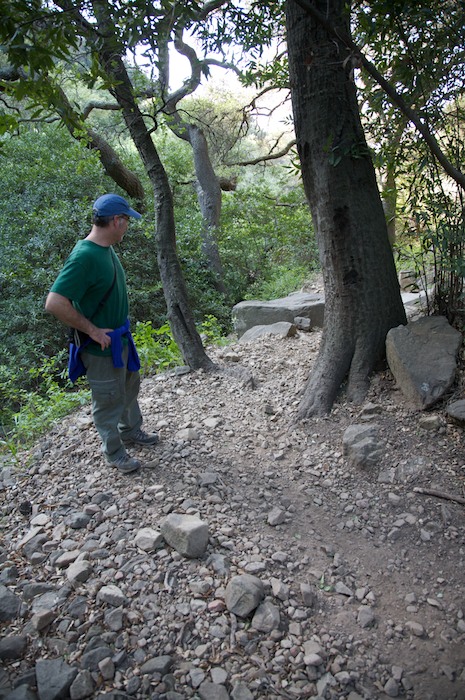
Frank Sovich loves hiking Romero Canyon and you can tell it as we walk up the trail. We stop at one point to check out a cluster lupine along the edge of the trail, perfectly placed to provide a dash of color to the overwhelmingly green canopy that covers most of the skyline. The joy on his face as he tells me about them says it all.
Frank is from Carpinteria but with no trail access there he spends much of his time hiking Romero – often once or twice a week. “I’ve got a thing for native plants,” Frank explains, “and the canyon is a great place to enjoy them. Over the course of the next hour we check out a dozen or more other plant species including one of my favorites, the Humboldt lily (Lilium humboldtii), a tall thin reed-like perennial that grows to heights of 8 feet and produce clusters of the most intensely brilliant orangish-yellow flowers, jewels of the canyon if only for the few weeks when they are in blossom.
“I’m not quite sure why this year,” Frank tells me, “but they’ve come up in much larger number than I’ve seen in quite a while.” At one point just above one of the many creek crossings there is a small pool, perfectly located about halfway up the canyon trail. We stop to splash a bit of water on our faces, sit back enjoy the sound of a nearby canyon wren and the small waterfall that cascades into the pool. It is an idyllic moment, the kind that makes having such places so close to Santa Barbara such a special treat.
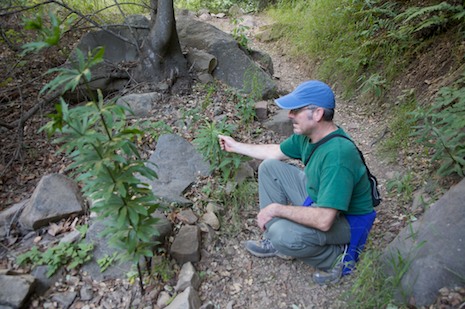
Then we are back on the trail again. A few minutes later Frank points a long section by the side of the trail that is filled with several dozen of the lilies. “Look closely,” Frank shows me, “many of the stems are broken in half. A few others are just plain crushed.” It becomes evident after a bit of looking about that the reason for the damage is the increased use of the trail by mountain bikers who aren’t always good at staying on the trail.
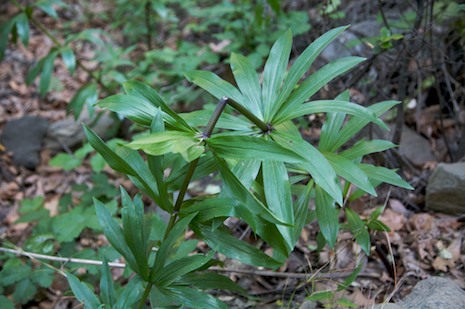
As we continue up the trail Frank points out numerous places where the trail is being widened as the bikers seek out new lines to follow. “I’ve been hiking Romero since the early 1990s and regularly for the past 4-5 years and I’m seeing more and more damage,” Frank adds. “It isn’t just the impacts from the mountain biking but the rapidity of the damage they are causing.”
It has gotten to such a point that Sovich is now placing small rocks along the sides of the trail where the lupine lilies and other fragile canyon vegetation grows to help keep them from being run over. That may save a few plants but he wonders what the canyon will look like another ten years from now if the use increases.

The damage is especially evident where the trail gets steeper and particularly where it is both steep and rocky – which is about 80% of the trail. “Not only are some parts of the trail now 5-6 feet wide, in many places the bikes are riding up on the side of the hills above the trail, widening them even further,” Frank adds. “Then there are the impacts caused by over use of the brakes when the riders go so fast down the trails. The trail getting more grooved and the tires are knocking rocks down on the trail, making it especially difficult to hike back down the trail without slipping all over the place.”
This past March 22 marked the day Sovich decided he couldn’t take it anymore. Over the forty-five minutes that it usually takes him to hike up the canyon with his dogs, 17 mountain bikers came by. “They were all polite,” he remembers, “and there wasn’t a question of either me or the dogs being in danger. It was what this kind of use was going to do to the canyon over time.
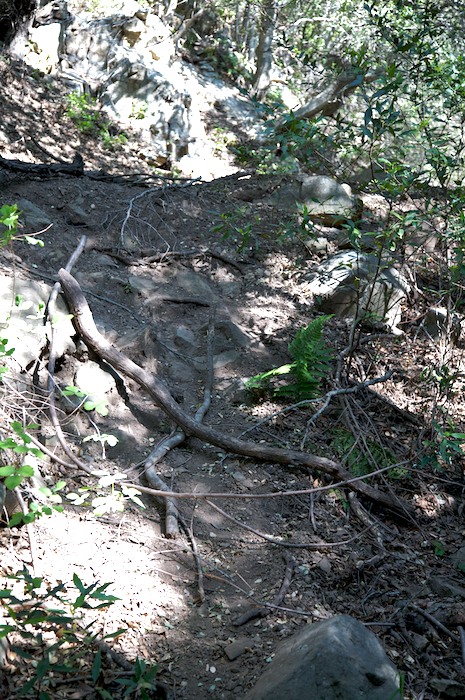
“I’m not normally very aggressive when it comes to standing up and saying enough is enough, but that day that many mountain bikers coming down the trail was a few too many. When I got home I took out a list I’d gotten from one of the local trail groups of newspapers, agencies and organizations and started writing to anyone and everyone.”
While many trail user organizations, especially those committed to keeping the trails open to mountain biking, were busy defending their rights at the Task Force meetings set up to study user conflict issues on the trails, Sovich was taking a different point of tack, choosing to speak out for the protection of the trails themselves and the canyon ecosystems rather than the users themselves.
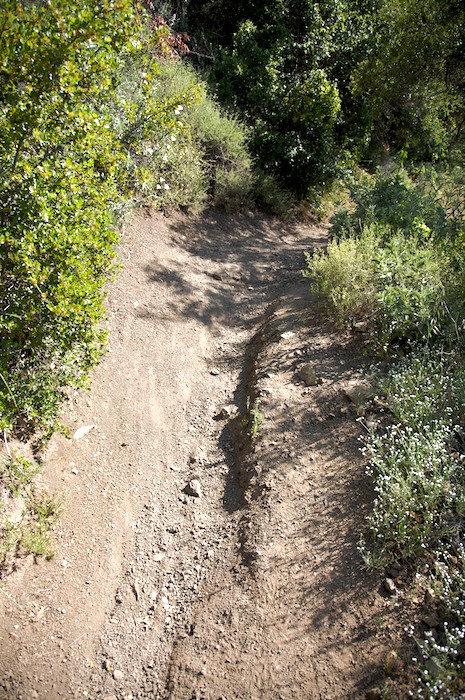
“Is anyone out there talking about what the costs are for allowing downhill use of the trails by mountain bikers?” he asked. “It isn’t just the damage to the plants or the trails, it’s the increased cost of maintenance, the added trail signage, the money we’ll need to come up with to rebuild the trails to accommodate mountain biking, the impacts on other trail users rights, the difference it makes psychologically when you add mechanized vehicles on the trail – these are big costs.
“Does the community really understand how much it will really cost and what the impacts will be if we don’t close at least some of the trails to mountain biking? If I were king for a day, I’d close the Romero Canyon Trail for sure, especially since the old road provides a perfectly great route for them to get up to the top of the mountains.
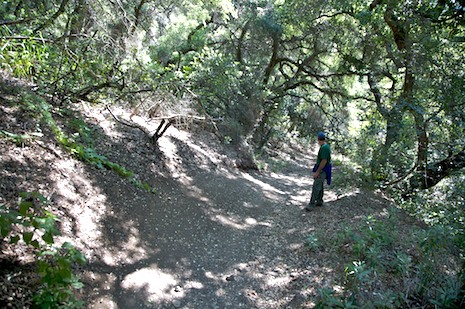
“Then I’d take a new look at how we define multi-use. For mechanized uses such as mountain biking, generally the trails are open until someone proves they shouldn’t be. It ought to be the other way around: the trails should be closed to those uses until it’s proved they’re not only safe but the damage they cause can be dealt with.”



